Our Planet’s Landmarks Series #13
Bet Guvrin-Maresha Caves Israel
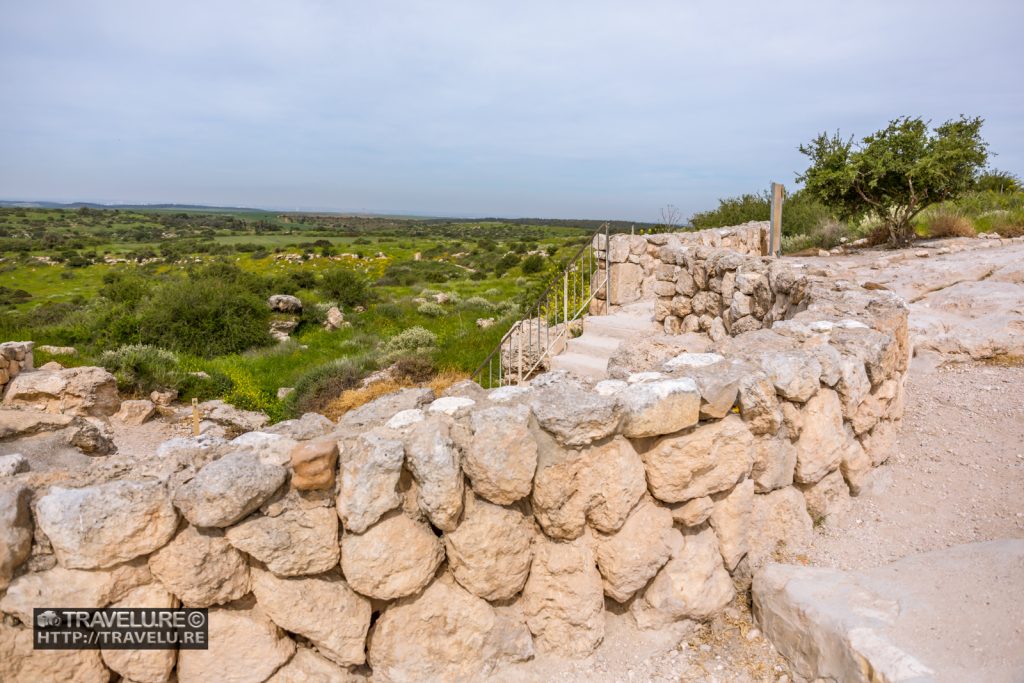
The Bet Guvrin and Maresha caves lie scattered over a large area of 1250 acres in Judaean Lowlands. The locals call it the Land of the Caves and Hiding Places (Official Name: Bet Guvrin National Park). There are over 500 caves containing more than 3500 rooms. From Jerusalem, the distance is about 60 km.
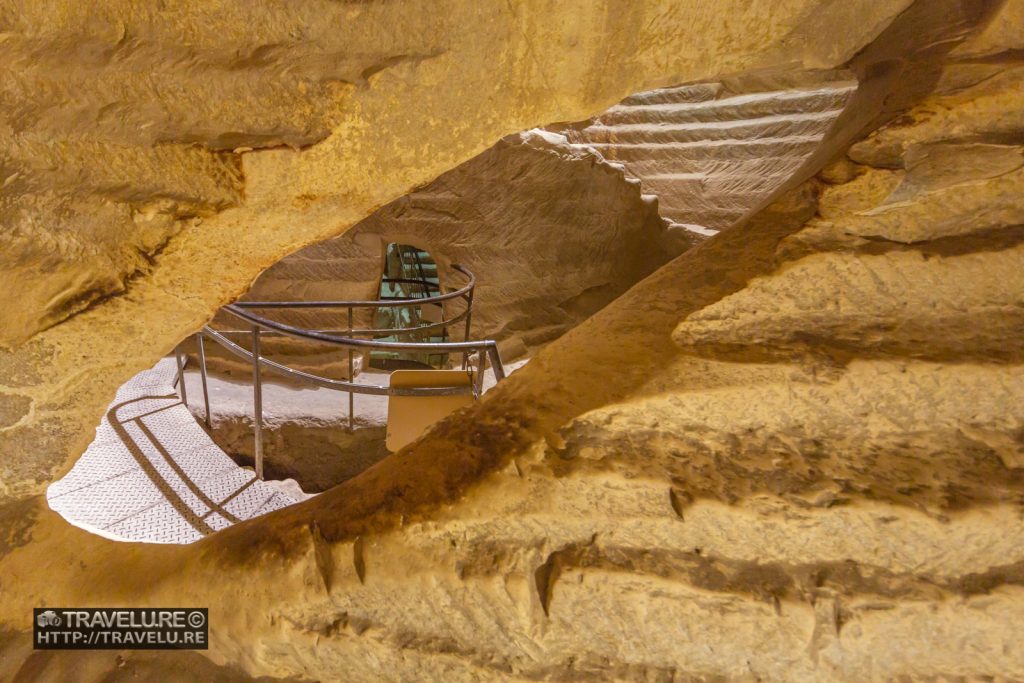
Caves of Maresha and Bet Guvrin got on to UNESCO World Heritage List in 2014. The listing hails them as an outstanding example of:
• A traditional human settlement
• A land-use representative of culture, and
• Human interaction with the environment
The UNESCO-listed Bhimbetka Rock Shelters in Madhya Pradesh boast a similar citation.
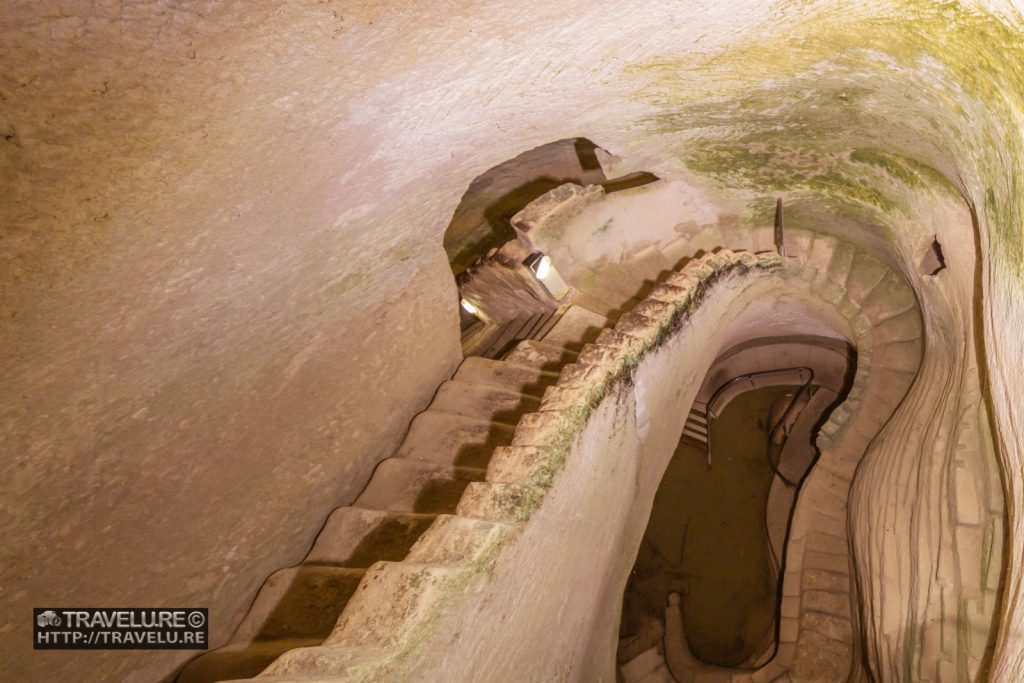
The Story of The Caves
Maresha and Bet Guvrin flourished over two different periods. Maresha existed between 8th and 1st Centuries BCE (biblical times). Bet Guvrin thrived between 1st and 10th Centuries CE (Roman and post-Roman times). While they existed in different eras, their inhabitants had one thing in common. They recognised and exploited the special characteristics of the soft chalk. They used it to produce building material and create caves for shelter.
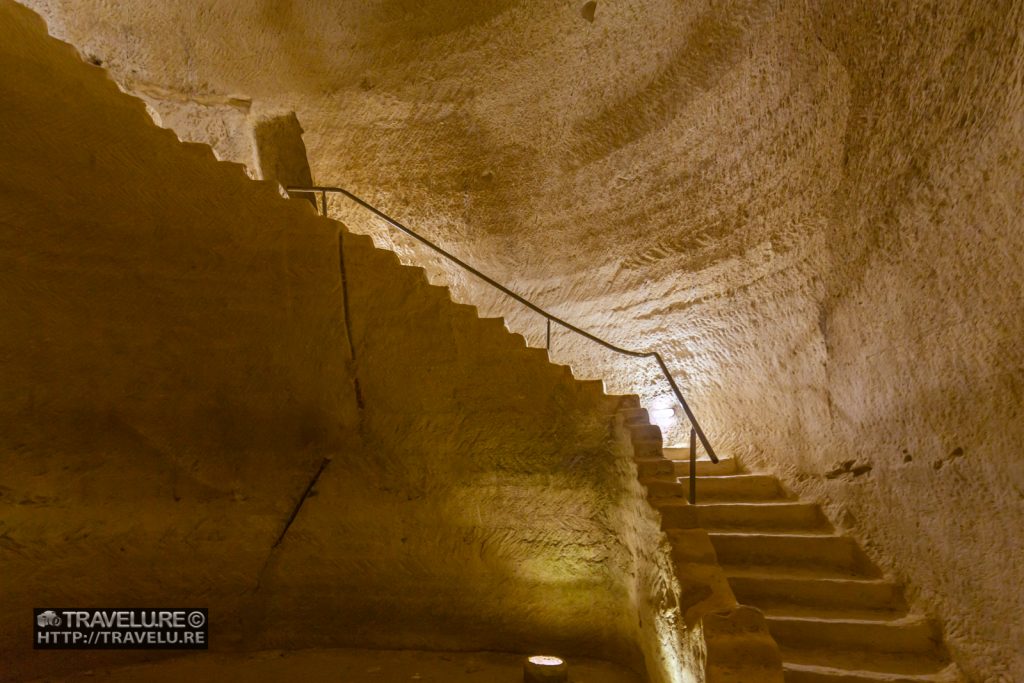
The caves served many uses. Each more amazing than the other. Stone quarries. Cisterns. Baths. Purification installations. Olive oil presses. Columbaria (dovecotes). Wells. Hiding places. Storage. Stables. Places for burial and rituals. Water tunnels. The site has it all.
During the Roman period, Maresha faced attack, got decimated, and its inhabitants fled. The settlement then moved to nearby Bet Guvrin.
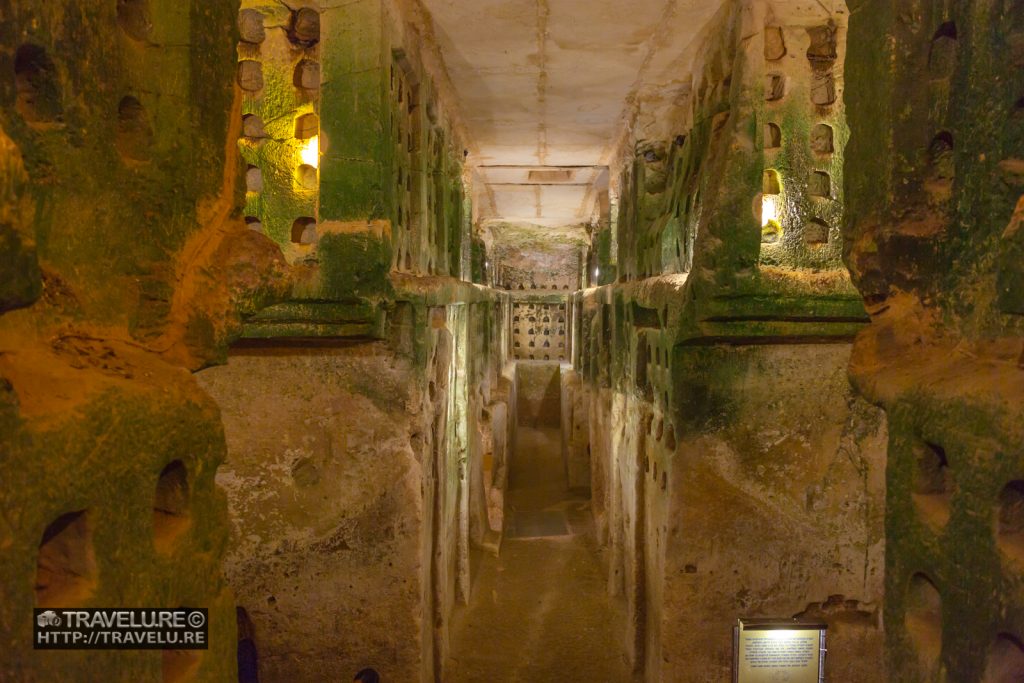
The Mediterranean woodland covers the low hills in the area. Cattle used to graze here. Its fertile soil was ideal for cultivation. It fell on the trade route between Mesopotamia and Egypt. Little wonder, the region flourished.
Later, a
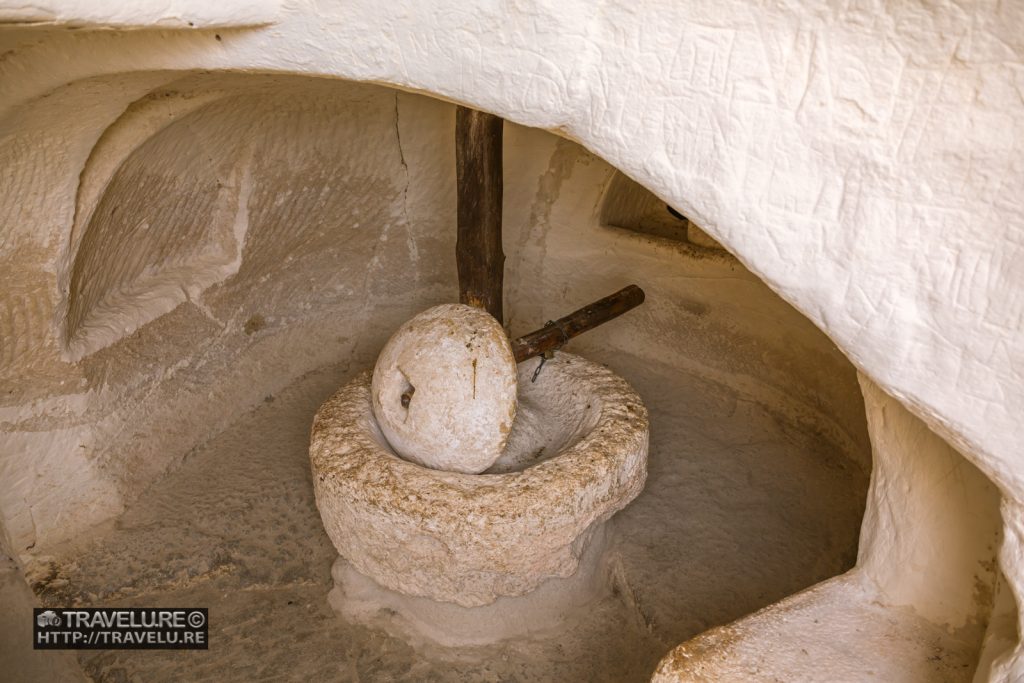
Archeological Research History
Archeological research began at Bet Guvrin as early as 1900 CE. Palestine Exploration Fund provided finance for the exploration. By 1902, the researchers excavated two caves. After that, many more followed. Even today, it remains a live-excavation site. Volunteers may enlist and take part in the ongoing excavations.
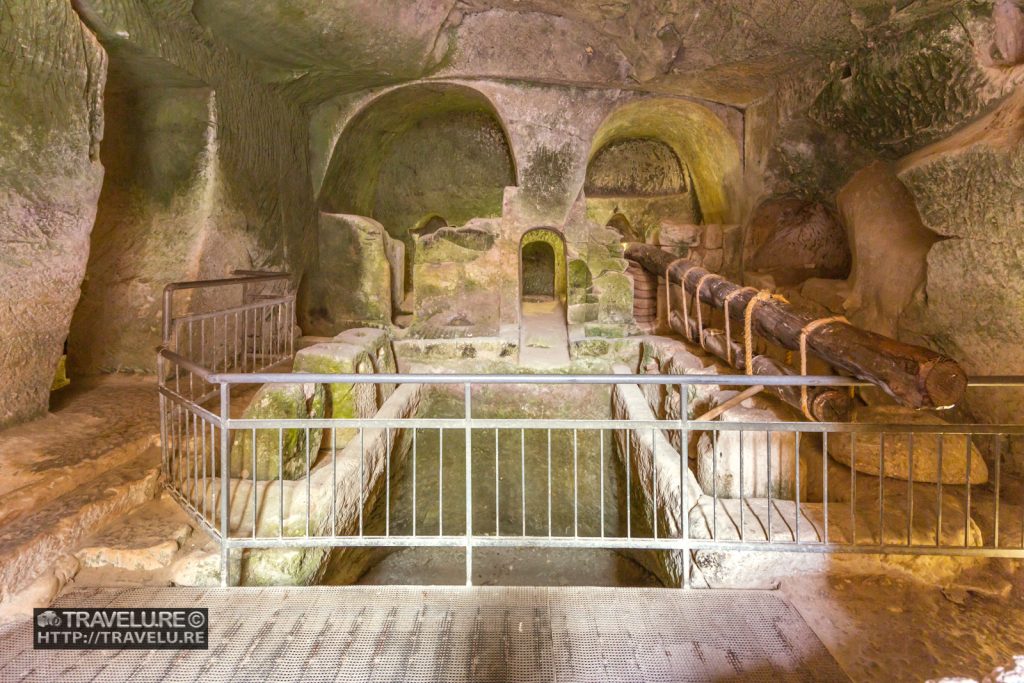
Bet Guvrin Caves Tour
A walking tour of the caves open to public takes 3-4 hours. The high-quality design of each cave will leave you speechless. The must-visits during your walk are:
• The Columbarium Cave
• The Oil Press Cave
• The Ancient Dwelling
• The Sidonian Caves (Cave Nos. 8 & 9), and
• The Bell Caves
The other minor attractions include:
• A crusader fortress
• A bathhouse, and
• St Anne’s Church (Byzantine period)
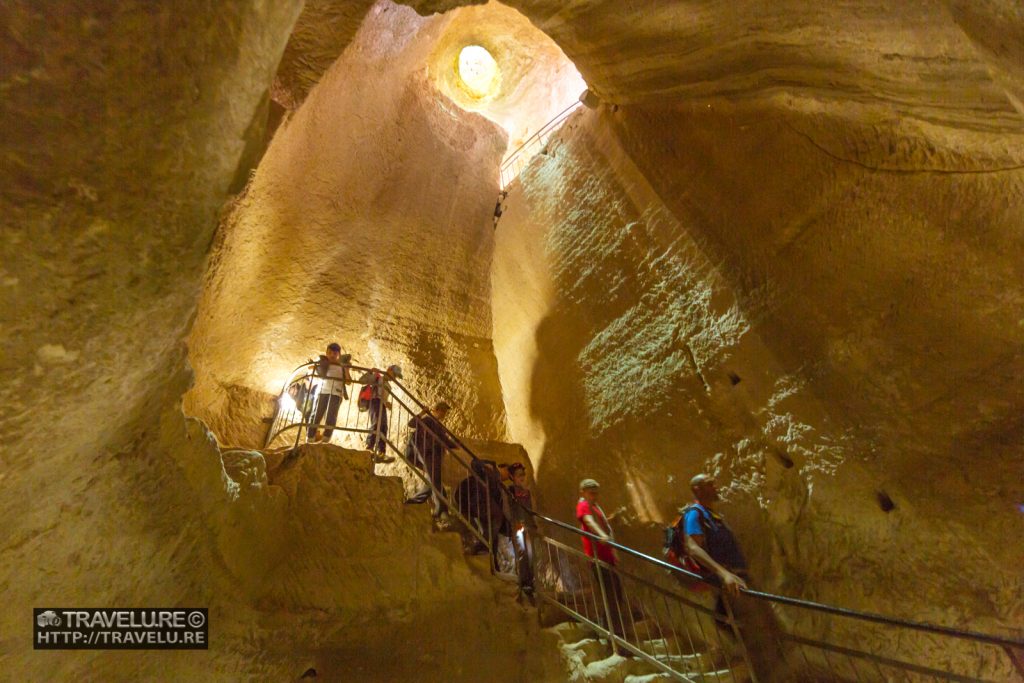
The Attractions
Columbarium Cave features over 2000 carved niches for doves. Dove raising was quite common in
Oil Press Cave has a single crushing installation. It is one amongst the 22 underground oil presses discovered here.
The Ancient Dwelling has been reconstructed for visitors’ benefit. Its ground floor has rooms arranged around a central courtyard.
Sidonian Caves were for the burial of the dead during
The Bell Caves were hewn during Byzantine and early Muslim periods. These caves served as quarries to provide building material for the cities in the region.
An Important Tip
During your visit, carry drinking water. The walking tour is long and there are no snack/beverage kiosks along the route.
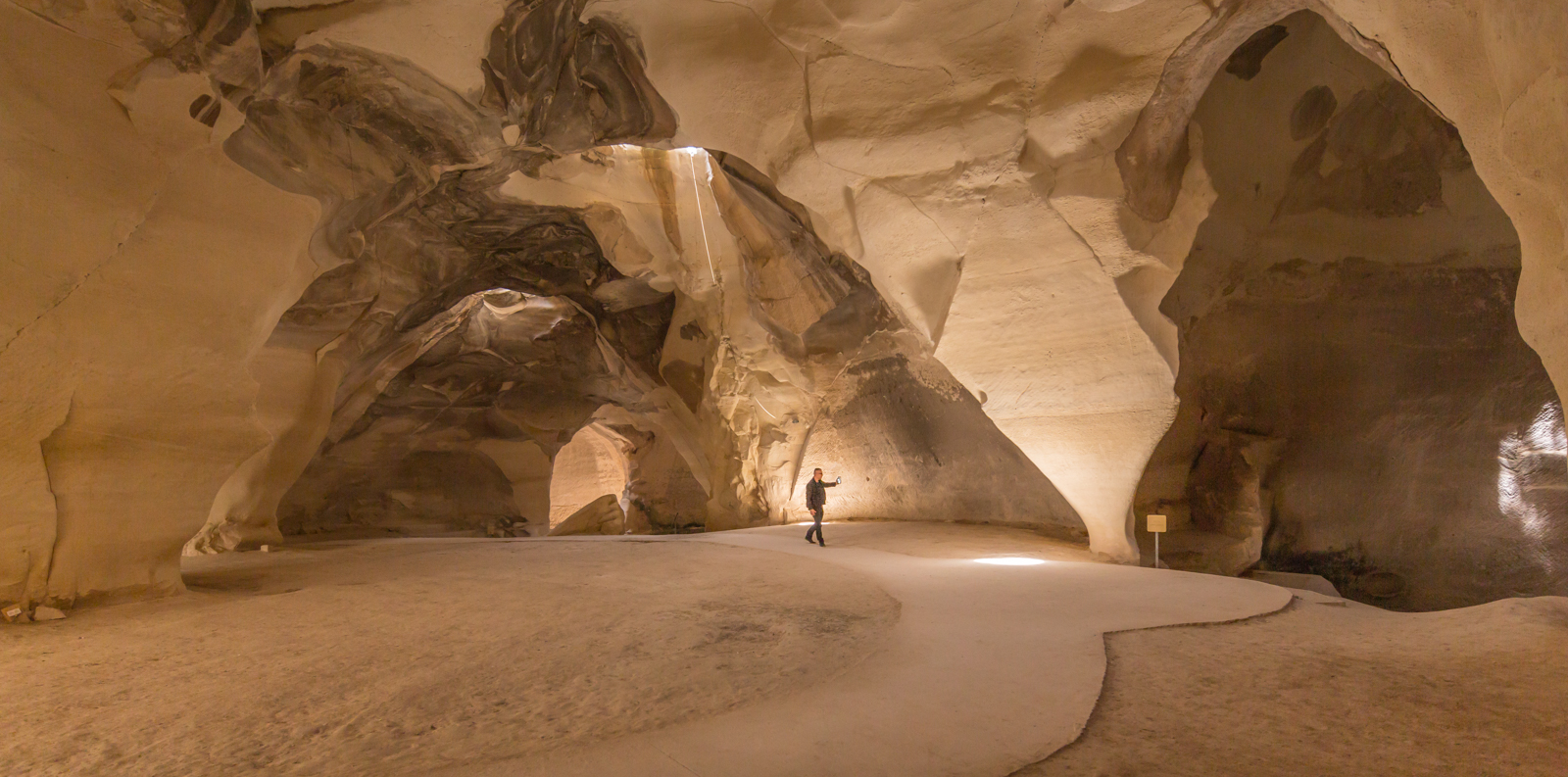
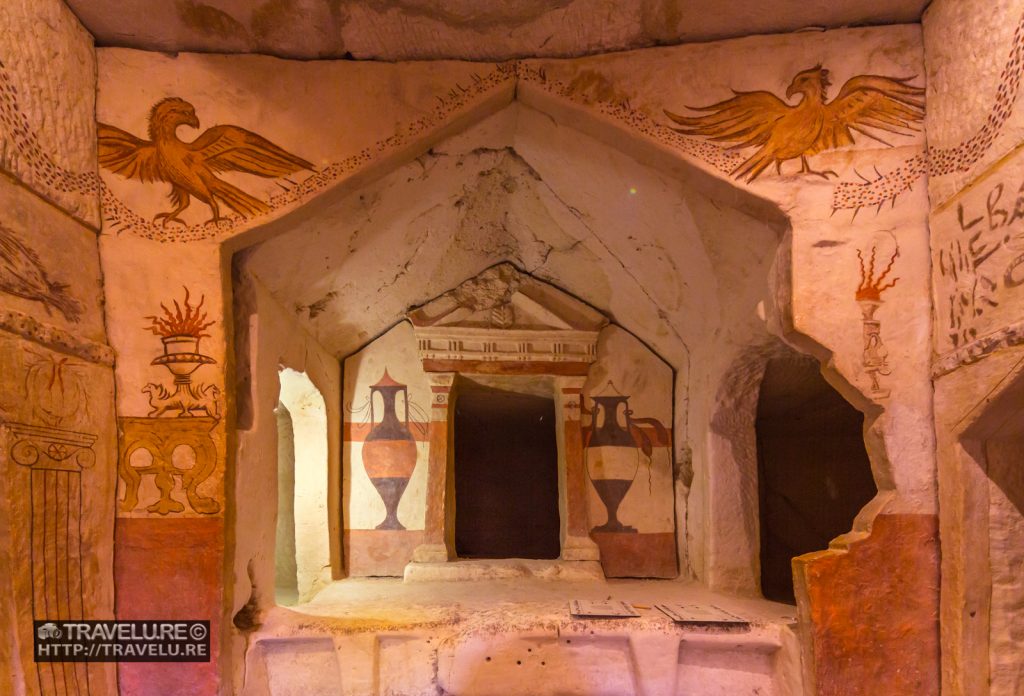
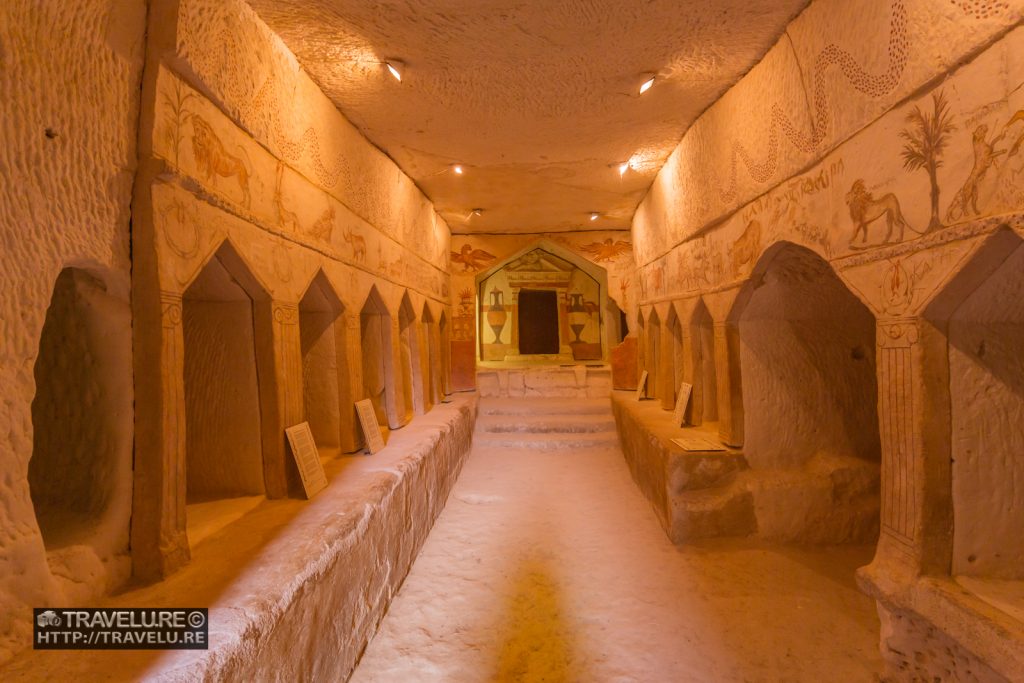
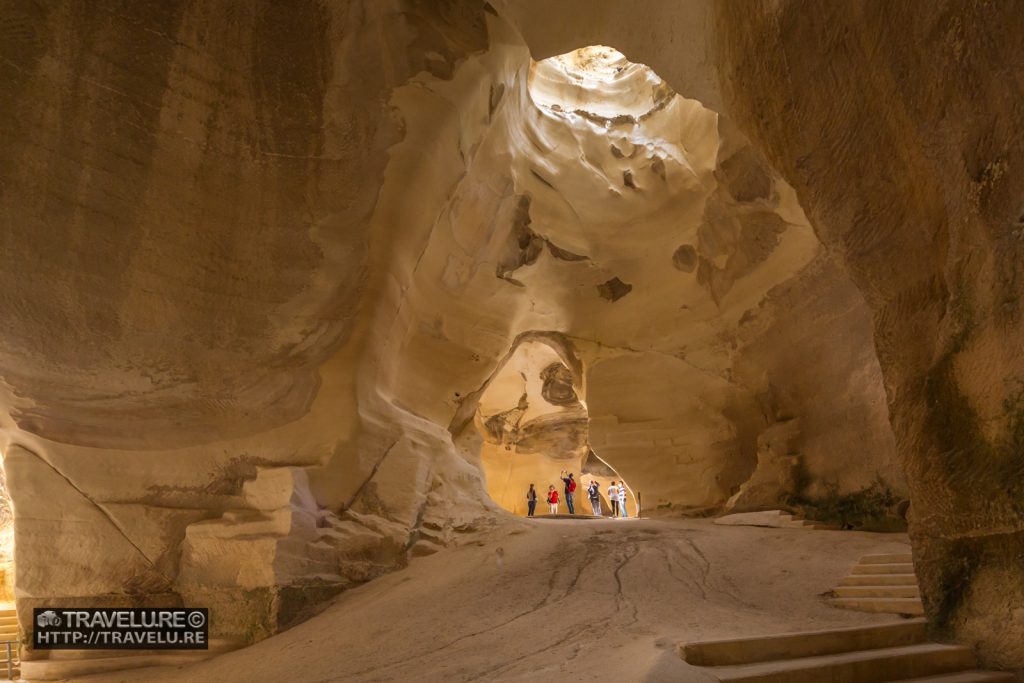
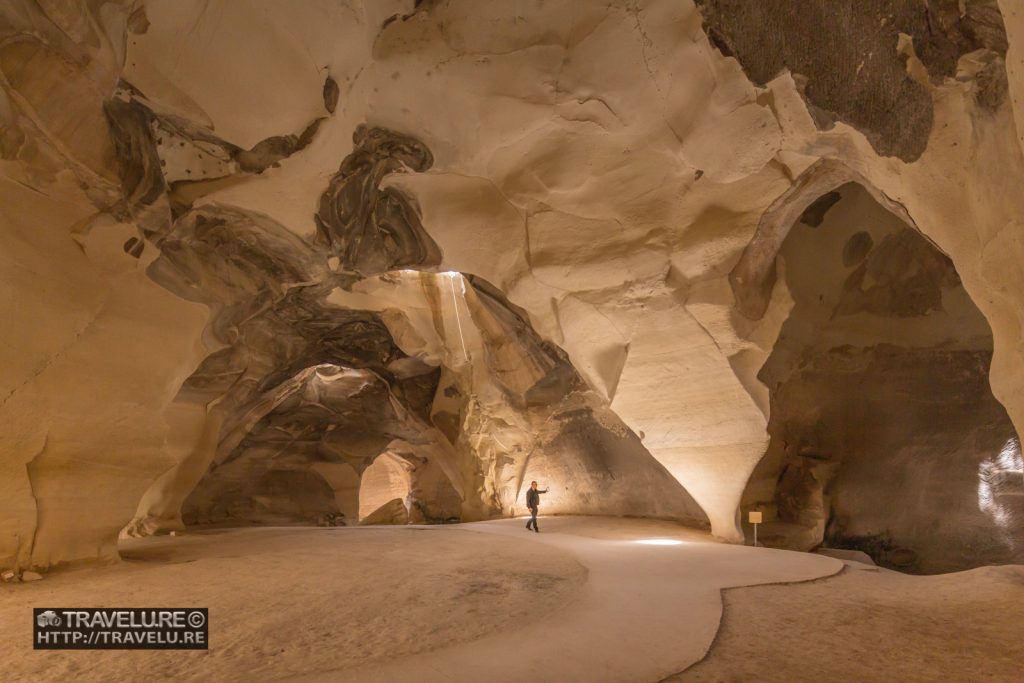
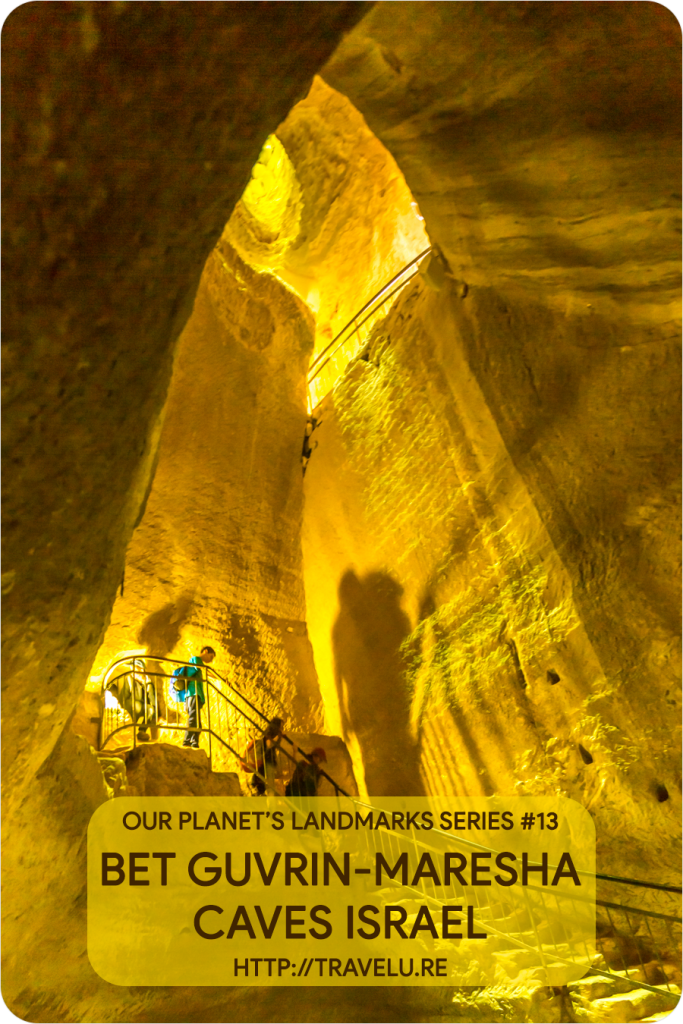
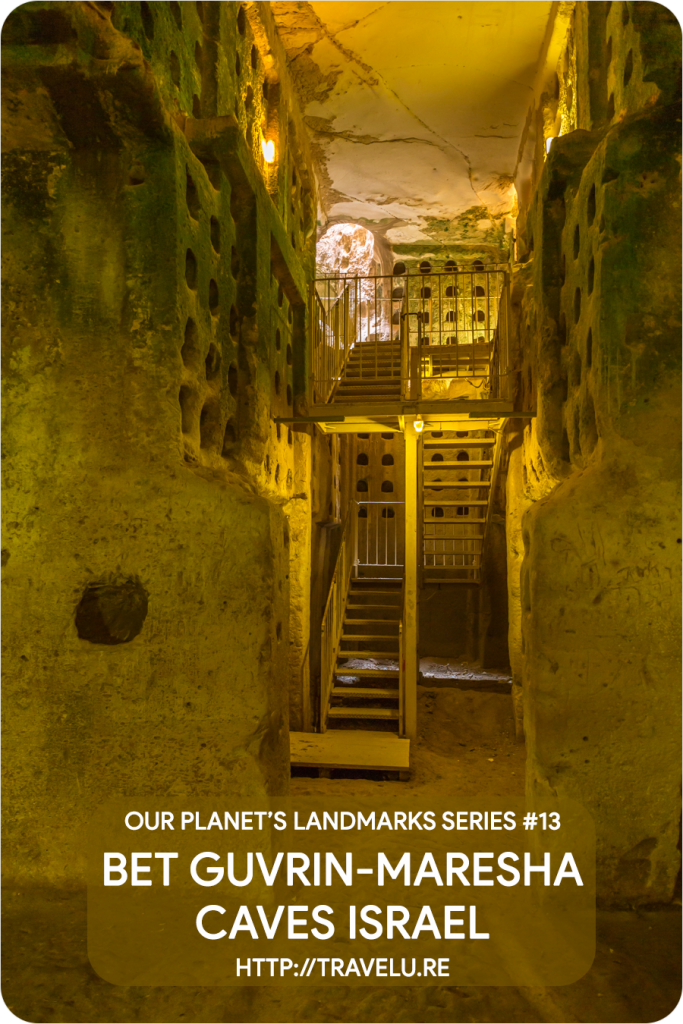
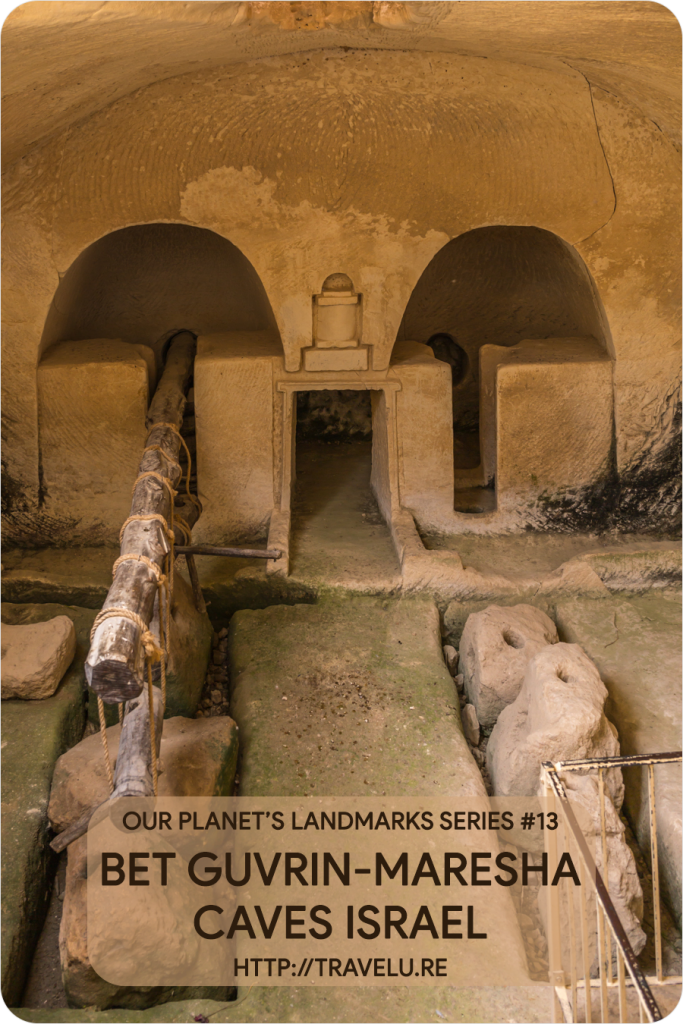
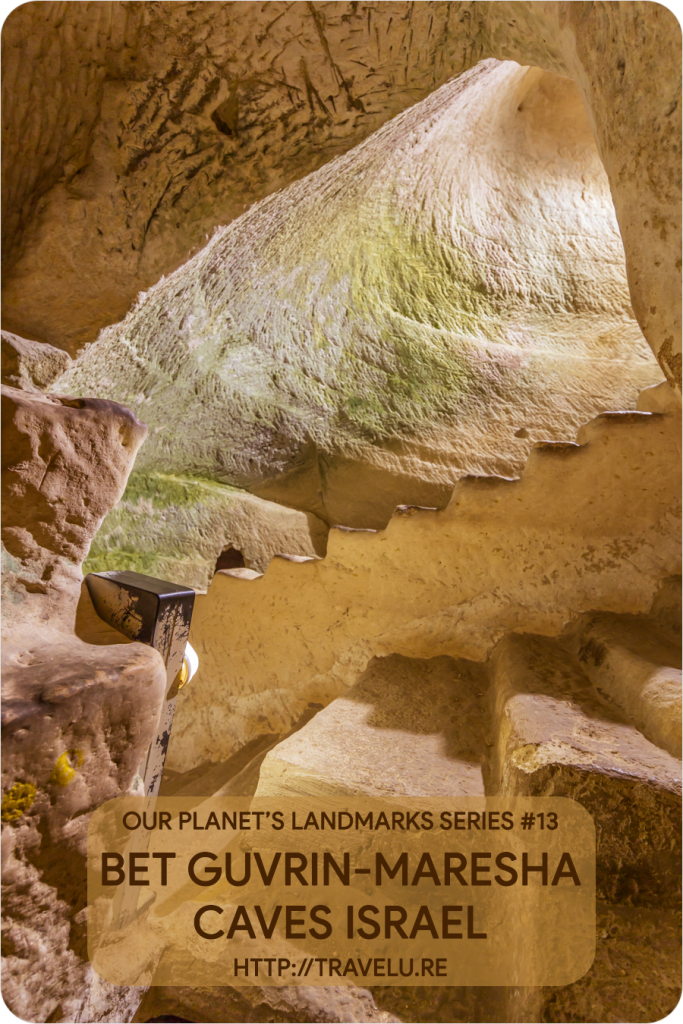
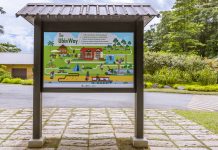

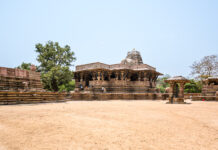













Thank You For Sharing Useful Information about Photographing. This Blog Is Very Nice.
Glad you liked it, Pikbuk… Thanks!